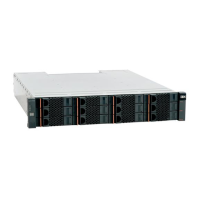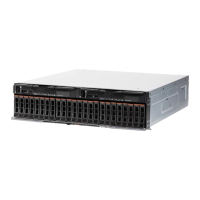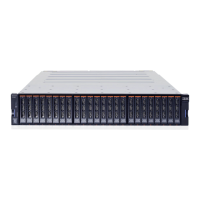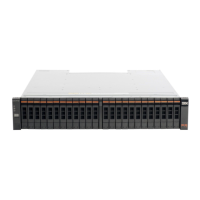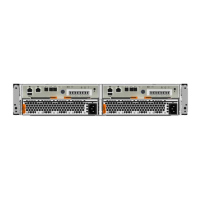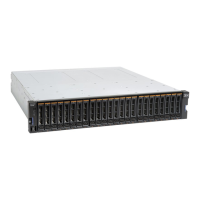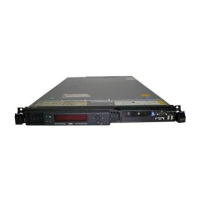Chapter 8. Storage pools 361
To remove a storage pool that is not needed, click Delete Pool from the Actions drop-down
menu (Figure 8-62).
Figure 8-62 Delete Pool window
A confirmation window opens (Figure 8-63). If there are volumes with their only copy on
MDisks in the pool to be deleted, they are listed in the confirmation window. If it is safe to
delete the volumes and MDisks in this pool, even though they still might be mapped to a host,
select the Delete all volumes, host mappings and MDisks that are associated with this
pool check box and click Delete.
Figure 8-63 Confirm the deletion of the pool
In this example, we are deleting a migration pool that has an Image Mode MDisk in it. It
means that an external storage system is mapping a LUN to IBM Flex System V7000 Storage
Node, and this LUN is included in the MDisk Pool as an Image of the source disk, hence its
content is not modified by IBM Flex System V7000 Storage Node. It can then be mapped to a
host and later be migrated to an MDisk Pool with sufficient space. Migrating the Image Mode
disk to another Pool makes it managed by IBM Flex System V7000 Storage Node.
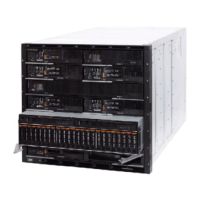
